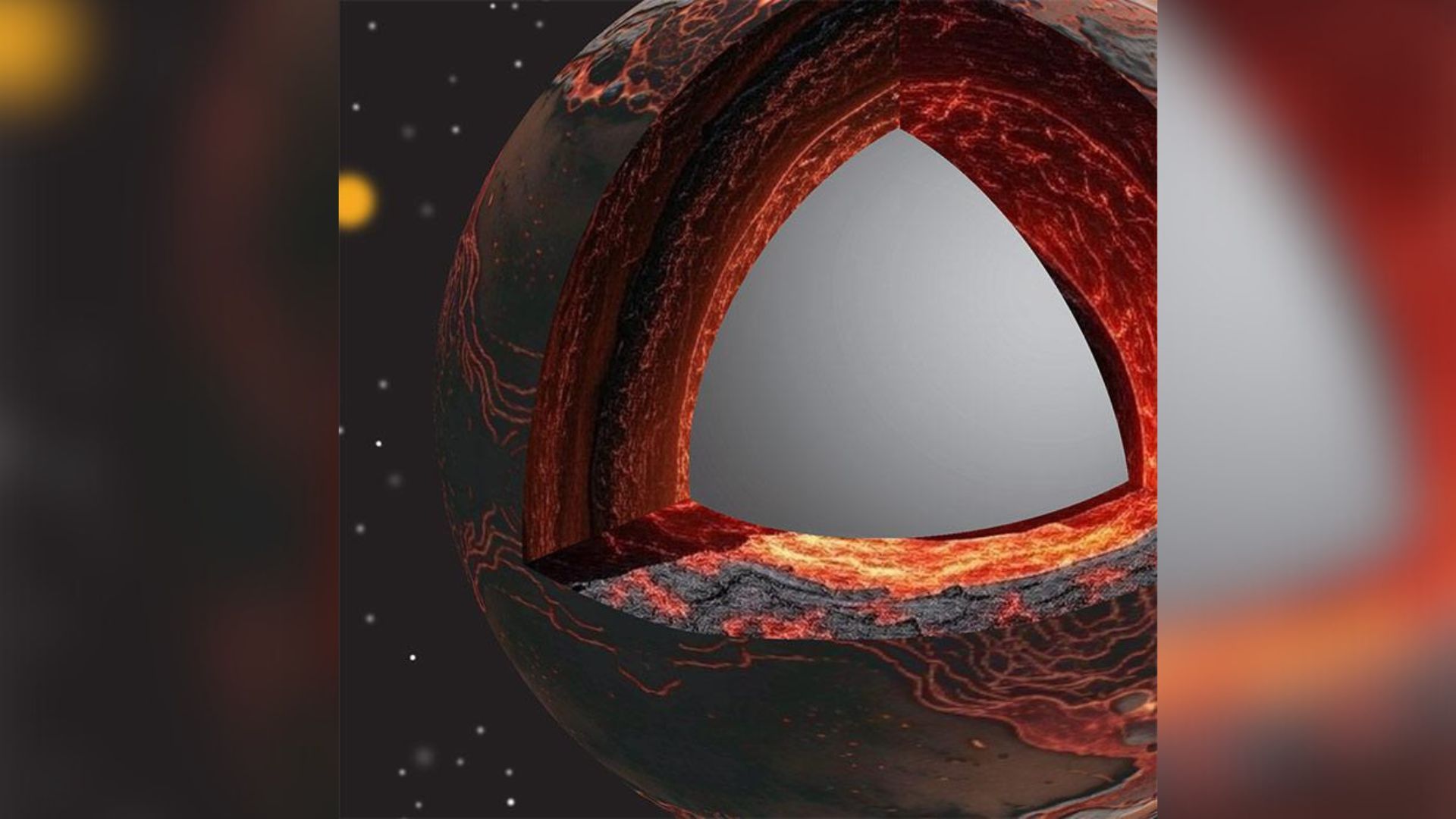Get the latest Science News and Discoveries
Why Being in the "Right Place" Isn't Enough for Life
A planet’s habitability is determined by a confluence of many factors. So far, our explorations of potentially habitable worlds beyond our solar system have focused exclusively on their position in the “Goldilocks Zone” of their solar system, where their temperature determines whether or not liquid water can exist on their surface, and, more recently, what their atmospheres are composed of. That’s in part due to the technical limitations of the instruments available to us - even the powerful James Webb Space Telescope is capable only of seeing atmospheres of very large planets nearby. But in the coming decades, we’ll get new tools, like the Habitable Worlds Observatory, that are more specifically tailored to search for those potentially habitable worlds. So what should we use them to look for? A new paper available in pre-print on arXiv by Benjamin Farcy of the University of Maryland and his colleagues, argues that we should look to how a planet formed to understand its chances of harboring life.
None
Or read this on Universe Today

